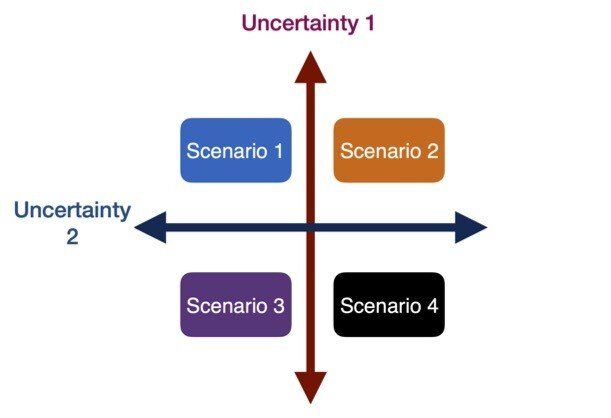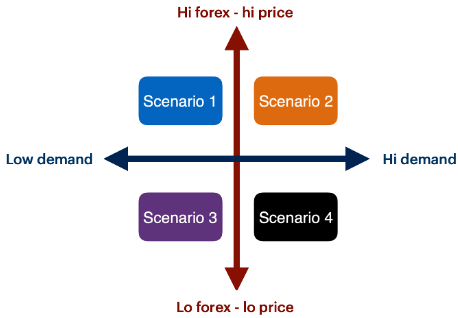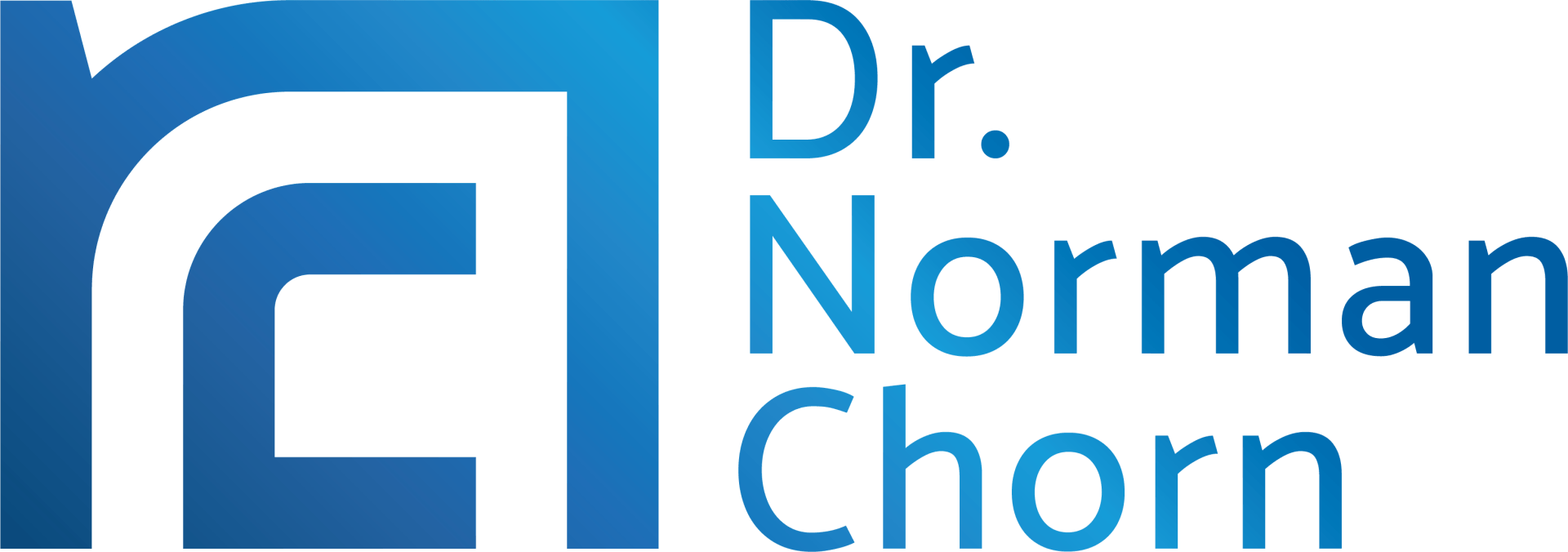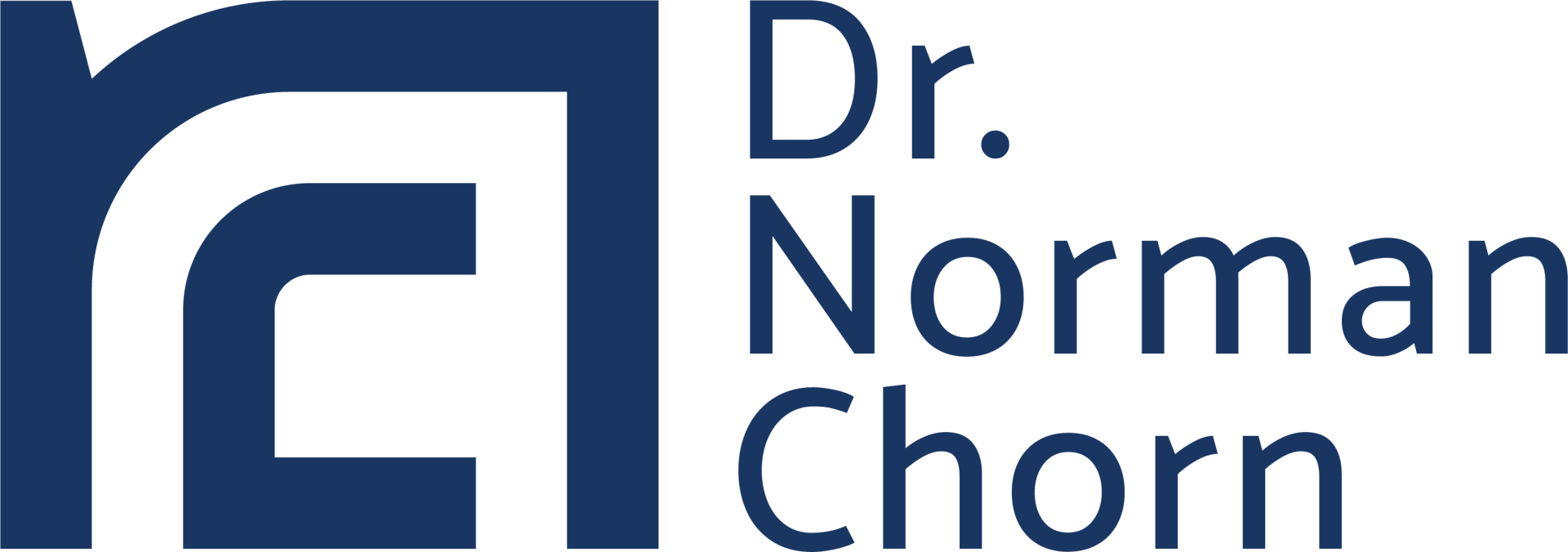How many times have you expressed frustration at your inability to have a clear view of the future in your organisation? It’s so obvious that things need to be done differently — but we are unable to see what the future holds.
There are several factors that block our view of the future. Some factors are to do with the way we think about risk and uncertainty. And others are related to the way our human brain functions.
Here are four practices that can assist you to see through these blockers and give you a better view of the emerging future.
1. Treat uncertainty as your friend
Generally, we view uncertainty and its bedfellow risk, as something negative. It is seen as something that can upend our carefully laid plans. In this way, we view it as an equation — the probability of something occurring to prevent us from achieving our plan.
But uncertainty is also a space — a space in which opportunity exists for creation and innovation.
Understanding the key uncertainties in your environment is the key to recognising the ways in which the future may unfold. We know that most of the future depends on the way that these uncertainties play out and interact.
So, instead of treating them as the key risks to your strategy, it makes sense to embrace them in your thinking and planning for the future.
And doing so recognises that risks emanate from uncertainty.
2. Embrace risk in your strategy
By embracing uncertainty (risk) into our strategy, we implicitly recognise that there are several ways in which the future can unfold. These alternative futures are generally referred to as future scenarios.
The future scenarios are constructed by identifying your two key uncertainties and representing them as two axes, and then using them to construct a model with four alternative cells.

Each cell represents an alternative future scenario, and they represent 4 ways in which the future can unfold. You now have a view of the future that takes into account the key uncertainties in the environment.
For example, assume that you manufacture a product used in building construction, and that your major market is to export into the USA. You identify that the exchange rate (which affects your price in the US market) and the level of activity in the US construction sector (size of the market) are your major uncertainties.
Your scenario model might look something like this:

So we now have four scenarios with very different market dynamics — each with a particular set of challenges.
You now understand the range of futures you can face and begin planning for these.
Two key insights emerge from including uncertainty into your thinking about the future:
- You face multiple futures as you look forward in your strategy
- Instead of attempting to predict the future, a better approach is to define those capabilities necessary for success in each of the four scenarios. Thereafter, you can begin to build and develop those capabilities that are common across all four scenarios.
3. Use examples from other sectors to build new analogies
Our lack of memory about the future is another factor blocking our future vision. This may sound strange, but our memory plays an important part in making sense of what we see and how we make decisions. This so-called semantic memory helps to create the structures whereby we interpret what we see — and is largely formed by our educational, cultural and social environment.
If our memory lacks this knowledge and structure, we may not see and understand the picture (of the future) that is unfolding in front of us.
This is where studying examples from other sectors and industries becomes useful. However, the purpose is not to use these examples as benchmarks and seek to copy them.
By studying examples from other sectors, you will create new cognitive pathways and classification systems — thereby increasing your ways of “knowing” and considering new possibilities. These alternative “mental models” can help you to see and consider a different future.
4. Separate planning and strategy activities
The term “strategy planning” is a strange term, since it combines two quite different concepts and approaches. And it causes people to believe that planning and strategy are interchangeable. They are not.
A plan is not a strategy.
Strategy is a creative and learning process whereby we seek to explore connections and associations in a non-linear way. We are seeking new insights into a challenge or a problem. This requires deep inward reflection and an opportunity to “retreat” from an action-orientation.
Planning, on the other hand, is a linear and methodical approach whereby we apply logic and best practice to achieve an efficient pathway to an objective. Unlike strategy, it requires external focus and attention to detail.
In practice, it works best if you have a separate session for strategy — the exploration of the information, challenge or problem. The purpose of the strategy session is to learn all you can about the situation and then agree on how the problem can be framed.
Once the problem has been framed, a separate planning session can the focus on the actions steps that need to be taken to address the problem or challenge.
We know that action is often the enemy of thought. The planning process, with its emphasis on action and doing things, will often push aside the reflection and insight required for strategic thinking.
Seeing into the future
The ability to see into the future requires that we take the time to do things a little differently:
- Slow down.
- View uncertainty as a shaper of the future.
- Build an understanding of practices in other sectors and industries.
- Create time for reflective insight by separating strategy from planning.
About Norman
Dr Norman Chorn is a highly experienced business strategist, future thinker and author helping people lead and build strong and successful organisations in times of change. Well known to many as the ‘business doctor’! By integrating the principles of neuroscience with strategy and economics Norman achieves innovative approaches to achieve peak performance within organisations.
Subscribe to our regular articles, insights and thought leadership




